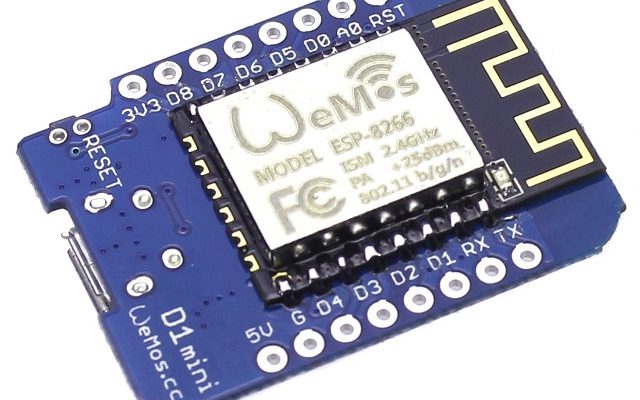If you haven’t yet heard about the ESP8266 then it’s time for you to wake up and get serious! This little beauty is a seriously low-cost WiFi chip with a full TCP/IP stack and microcontroller made by ExpressIf. It sports 16 GPIO pins, SPI, I2C, UART, and even has a 10-bit ADC for good measure. And the price? Less than $2 on AliExpress! It is the size of a coin, and supports b/g/n wireless protocols. What’s not to love about this thing?
The device isn’t particularly heavy on electricity to start with, but it can pull as much as 200mA when it’s transmitting over WiFi, and generally around 75mA just being awake.
If you plan on running it on batteries, you’ll soon find that they only last a few days before the thing dies down!
Enter Deep Sleep Mode
Luckily, there is a very nice way to help on this. You see, the device has a hibernation mode (among other modes, see the full list here) that allows it to drop to as low as 60 microAmpere, and it is really easy to do it. Here are the relevant bits of code to make it happen (using Arduino Sketch or Visual Studio with VisualMicro extension:
extern "C" {
#include "user_interface.h"
}
void setup()
{
initSerial();
initWifi();
initSensors();
}
void loop()
{
// Gather sensor data
// Transmit sensor data over wifi somewhere
Serial.println("Entering deep sleep mode");
auto fiveMinutes = 5 * 60 * 1000000;
system_deep_sleep(fiveMinutes);
}
At the top, we’re referencing a C-library, which is why it is wrapped in the extern scope. Fail to do this, and it won’t compile due to types being different and other woodoo.
The ESP8266 enters a state where everything is shut off except for the realtime clock to hit the 60µA. After the clock fires up again, the device essencially reboots, running setup() again before entering loop().
NOTE
This does NOT work unless you create a short circuit between GPIO pin 16 and the RESET pin on the device. The clock needs this wire in order to wake itself up after the timer ends. So remember, there is a hardware change included in getting this right!
Conclusion
Setting the ESP8266 in deep-sleep mode means that you can start to make battery driven solutions that will last for months instead of days. At an average of 75mA in normal mode, a 2450ma Eneloop would last around 32 hours or less on battery power, but on the same battery, you should be able to expect months (depending on how hard you drive the WIFI and sensor power consumption ofc.) Also remember that the power converters from battery to 3.3v aren’t perfect, giving you at best 85% of stated battery capacity, but all in all, it’s a good and handy thing to know about!





